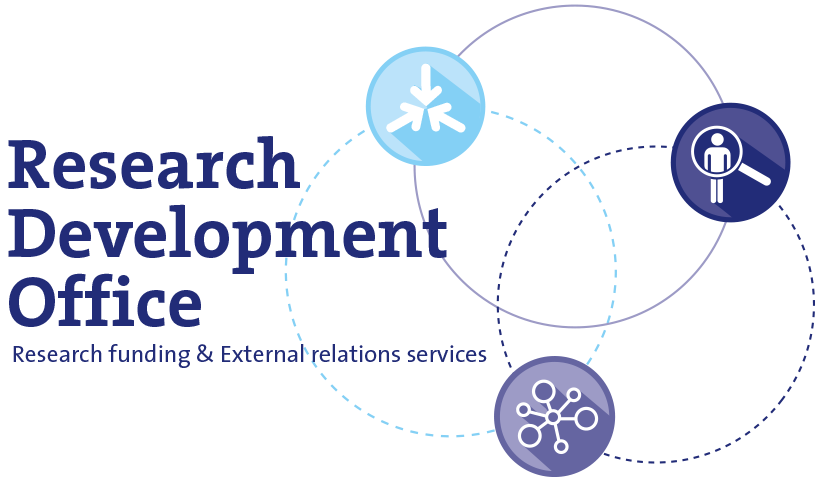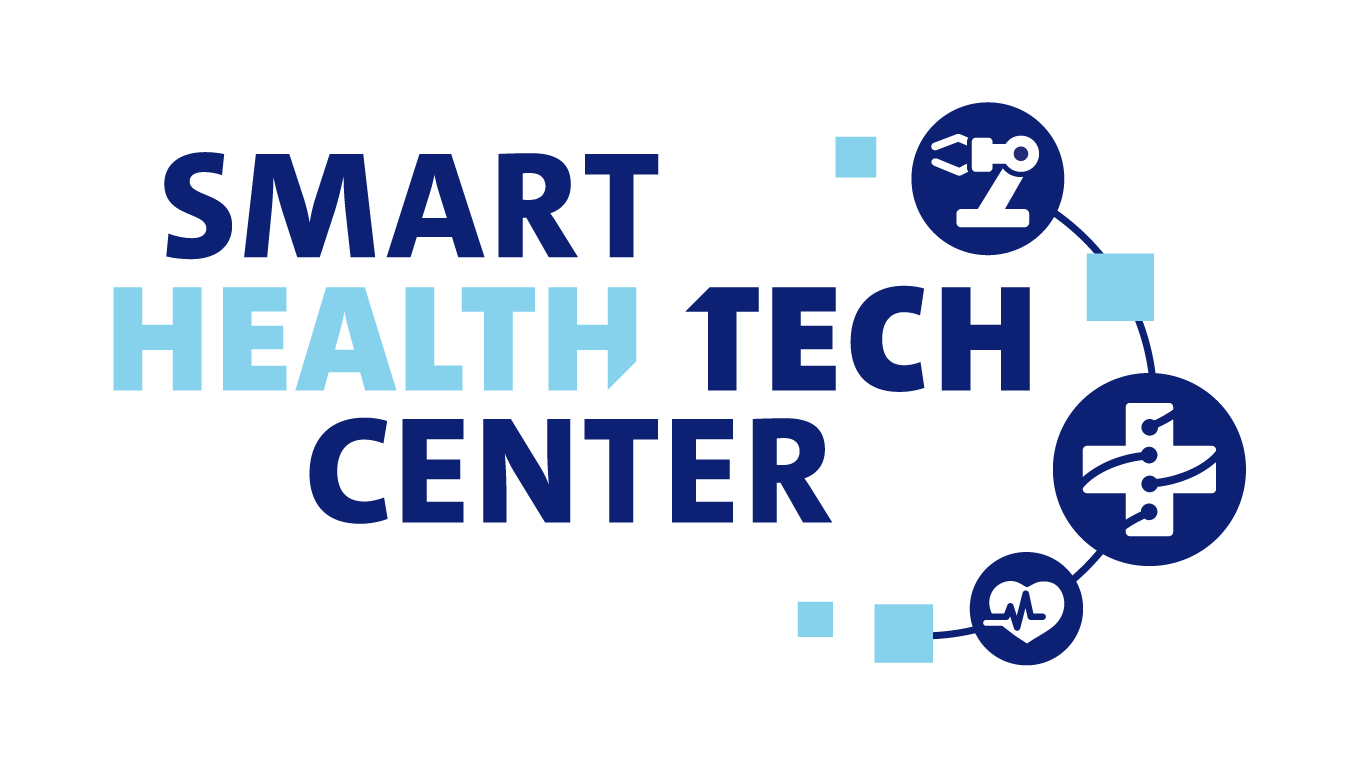Detection of virus-specific and cross-reactive T-cell responses to coronaviruses

Project summary
SARS-CoV-2 is the causative agent of a pandemic of respiratory tract disease, referred to as coronavirus disease 2019 (COVID-19). To manage the ongoing outbreak, we are entering a phase in which it is crucial to understand SARS-CoV-2-specific immunity on the individual and population level.
Detection of SARS-CoV-2-specific immune responses relies on antibody testing. However, asymptomatic and mild cases do not always develop antibodies and specific antibodies may not be long-lived. At the same time, virus-specific T-cell responses appear long-lived, detectable after asymptomatic infection, and after recovery from disease. Therefore, detection of SARS-CoV-2-specific T-cells could be a valuable marker for prior exposure to SARS-CoV-2.
SARS-CoV-2 is related to a number of seasonal coronaviruses endemic in humans that usually cause “common cold” symptoms (HCoVs). Several studies have shown that with the current technology, SARS-CoV-2-specific T-cells are also detected in individuals never exposed to SARS-CoV-2. This likely reflects the presence of so-called cross-reactive T-cells, i.e. T-cells induced by HCoVs that cross-recognize SARS-CoV-2. To study SARS-CoV-2-specific immunity on the individual and population level, it is of paramount importance that we are able to discriminate between T-cell responses that recognize SARS-CoV-2, HCoVs or both.
To this end, we will generate unique discriminatory peptide pools and validate these in samples obtained from acute and convalescent COVID-19 patients, and unexposed control subjects. We will also study the longevity of T-cell responses and follow a well-defined cohort for re-infections.
Impact
The outcomes of this project will provide a fundamental understanding of T-cell responses to coronaviruses and contribute to answering questions about the role of coronavirus-specific T-cells in COVID-19. On the longer run, methods developed here potentially lead to a T-cell assay that could be employed as a diagnostic test to detect SARS-CoV-2 exposure, or to determine the ability of vaccines developed in the near future to induce T-cell responses.
More detailed information
Principal Investigator:
R. de Vries
Role Erasmus MC:
Coördinator
Department:
Viroscience
Project website:
Not available
Funding Agency:
Health~Holland



